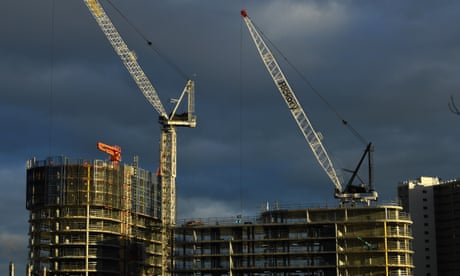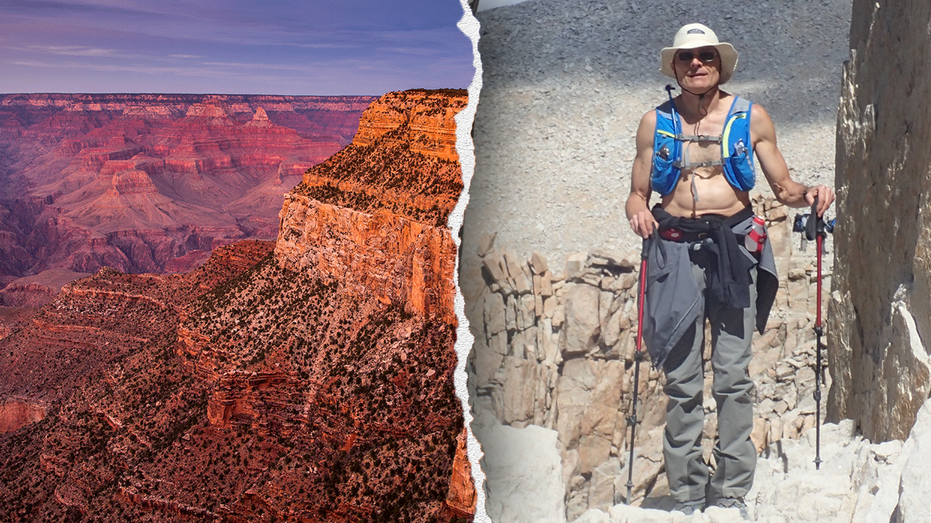- by foxnews
- 23 May 2025
Bye-bye quarter-acre block: more Australians are living in apartments - but do they meet our needs?
Bye-bye quarter-acre block: more Australians are living in apartments - but do they meet our needs?
- by theguardian
- 30 Jun 2022
- in news

Hendrica Hellemons would love to afford to rent a townhouse one day for her, her partner and her pets. But living in inner-city Melbourne, it's almost an impossibility.
"Unfortunately, small apartments are the only thing within our budget," she said. "The added convenience of being close to the city and building amenities makes it worth it."
Australians are turning to apartment living in record numbers, as the gap between private property rental prices and apartments continues to widen.
About 1.3 million people now live in flats according to the 2021 census, an increase of 1.1% compared to 2016. At the same time, the number of Australians living in terraces and townhouses has stagnated, staying flat at 1.1 million people.
The Australian Housing and Urban Research Institute managing director Dr Michael Fotheringham said Australia needed to catch up to the fact the 1950s dream of raising a family to the backdrop of a back yard and a Hills hoist was increasingly out of reach for low to middle-income households - particularly in the middle of a rental crisis.
The 2021 census didn't measure housing stress however, and since it was completed last year, rental prices have continued to increase.
When the census was completed in August, the average weekly rent in capital cities was $421 for all units and $577 for all houses, SQM research found.
Since then, average rental prices have steadily increased, now sitting at $478 a week for all units and $661 for all houses.
Fotheringham said the turn to apartments was partly due to cheaper prices, but also reflected a push for greater supply.
"We have spent a lot of years building lots of apartments in our big cities," he said. "We have high-density inner urban areas and build on outer fringes of cities, not in between.
"We have an oversupply of apartments while undersupplying separate houses, [and] unless we start building new cities and building up regional centres to become big-scale cities, there's only so far you can go."
That means moving away from the increasingly outdated Australian cliche of a "quarter-acre block, Hills hoist and Kingswood in the driveway" in favour of apartments and smaller complexes.
"Plus, not everyone has grown up with the expectation of the Hills hoist, a large cohort of people come from parts of the world where apartment living, multigenerational living is much more the norm," Fotheringham said.
He said societal expectations of young people had changed to possibly never entering the property market.
"We need to think about how we build our apartments differently and rental regulations don't reflect people renting long term."
Australian Energy Foundation CEO Anna Crabb said more robust standards needed to be enforced in order to reduce emissions and energy bills for residents.
She said Australia's apartment buildings were significantly trailing similar countries in terms of energy performance and lacked long-term strategies.
"People are wasting money and emissions on energy," she said.
"We need better building standards, improved monitoring and reporting of building performance, easily accessible advice so people know how to improve their apartments and buildings, plus the financing to make it happen as quickly as possible."
Melbourne renter Samantha said the idea of living in apartment wouldn't be unattractive if they were built to better standards.
"If they actually built apartments to fit a family instead of two-bedroom boxes with no windows or storage, apartment living could be a great, viable option," she said.
"We do desperately need more higher-density housing in inner suburbs. But we're at the behest of developers who are squeezing every dollar out of every new build."
Everybody's Home spokesperson Kate Colvin said the increase in apartment living was a "positive thing" in terms of the functioning of cities.
But Colvin said apartments needed to be designed in mind of the fact they weren't transitional spaces but places people would rent throughout their lives.
"We need apartments where you're able to raise a family, with enough bedrooms, enough space, shared facilities to make living more affordable and give people a sense of community," she said.
"Poorly built apartments can be really energy-intensive to live in if they don't have the right ventilation or window construction, building apartments with those energy efficiency features means they're more comfortable to live in but also cheaper and have less climate impact."
- by foxnews
- descember 09, 2016
United Airlines flight returns to Hawaii after concerning message found on bathroom mirror; FBI investigating
United Airlines Flight 1169 to Los Angeles returned to Hawaii after a "potential security concern" aboard the plane. The FBI and police are investigating.
read more


